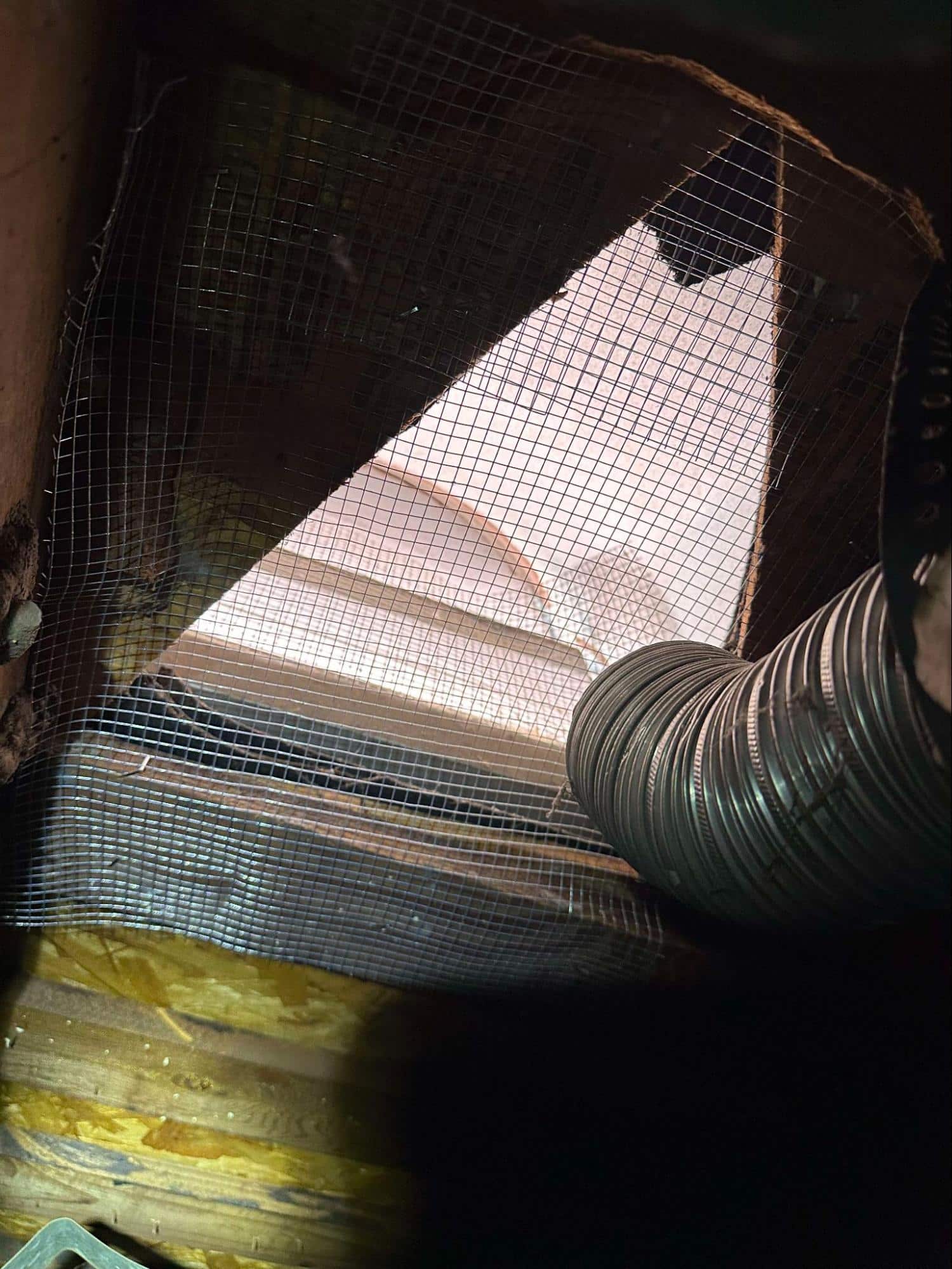Want a house free of rodents? Start with these easy, proven, and practical ideas that actually work.
Did you know that according to the Center for Disease Control and Prevention (CDC), rodents can carry many diseases that can spread directly or indirectly to people? This is why rodent proofing goes beyond just cleaning; it is an essential component of health and disease control. Especially in cities and areas where rodents are prevalent, the sooner the action is taken, the better. Most homeowners forget that one crack missed in the attic is an open door for the pest.
In this guide, we will explore the top 10 rodent-proofing techniques that every homeowner should know. So read to the end.
Rodent Proofing Tips You Can’t Ignore
Here are the top 10 techniques for protecting your home, attic, and peace of mind from pesky invaders.
1. Seal All Entry Points First
Rodents can squeeze through holes smaller than a quarter of an inch.
- Seal up the cracks in the foundation of your house.
- Seal up gaps around windows and doors.
- Use steel wool or metal mesh. Do not use foam, as they will chew through it.
Also, check areas around utility pipes and vents.
2. Use Weatherstripping on Doors and Windows
Rodents can enter through small spaces.
- Employ weatherstripping on doors.
- Use door sweeps on outside doors.
- Patch or replace broken window screens.
Rodent proofing your home starts with these basic steps.
3. Install Mesh Screens in Vents and Chimneys
Attic rodent proofing isn’t complete until you cover all the vents.
- Use 1/4-inch hardware cloth.
- Look at the attic gable vents.
- Place chimney caps with mesh.
These are prime entry points for squirrels and rats.
4. Declutter Indoor & Outdoor Spaces
Rodents love to have clutter to make nests.
- Keep the attic, basement, and garage clean.
- Don’t store it in cardboard boxes.
- Stack firewood at least 20 feet from home.
A simple attic cleaning should prevent rodents from nesting there.
5. Use Rodent-Proof Materials for Home Repairs
Rodents chew everything, literally.
- Please use concrete, steel, or sheet metal for repairs.
- Do not use wood or plastic.
- Ensure corners and crevices are sealed.
Corner and crevice sealing is critical for long-term proofing.
6. Keep Food Stored in Sealed Containers
Rodents can detect food from great distances.
- Dry food should be stored in glass or metal containers.
- Do not leave pet food out overnight.
- Clean pantry shelves.
This one habit can drastically limit rodent activity.
7. Maintain Landscaping Around the House
Overgrown landscapes attract pests.
- Keep the grass cut short.
- Do not plant shrubs near the foundation of the house.
- Remove fallen fruits or nuts quickly.
A well-maintained yard supports your overall goal of proofing.
8. Inspect Your Attic Regularly
- The attic is where rodents will likely congregate.
- Inspect the attic for droppings, cut wires, or nests.
- Clean the attic regularly every few months.
- If you have it, replace any contaminated insulation.
Using attic rodent-proofing services could make this process easier for you.
9. Set Traps as a Preventive Step
Don’t wait for infestations; use traps proactively.
- Place snap traps along walls.
- Utilize bait like peanut butter or sunflower seeds.
- Avoid using glue traps; they are uncomfortable and messy.
Place traps in the corners of attics and under sinks.
10. Hire a Professional Proofing Service
DIY is helpful, but people who do this for a living know what you don’t see.
- They inspect, seal, and sanitize.
- Many also combined this with attic cleaning and proofing together.
- They use commercial-grade sealants and materials.
Companies like My Insulation Guy provide complete services.
Rodent-Proofing Material Cheat Sheet
| Area | Recommended Material | Avoid |
| Wall Holes | Steel Wool + Caulking | Foam |
| Air Vents | Galvanized Mesh | Plastic Covers |
| Doors & Windows | Rubber Weatherstrips | Loose Brush Seals |
| Chimneys | Metal Cap with Mesh | Open Vents |
| Pipe Entries | Sheet Metal or Copper Mesh | Tape or Fabric Stuffing |
Reasons Why Cleaning of Attic Is a Must
- Eliminates rodent droppings that carry diseases.
- Assists in discovering more hidden nests or wires that have been chewed.
- Decreases mold and smell caused by rodent urine.
- A clean attic will be easier to inspect and maintain.
Attic rodent proofing only works when the space is clean.
Stop Rodents Before They Enter, Take Action Now!
Rodents can wreak havoc by chewing through insulation, electrical wiring, and actually tearing into fiberglass and walls. Luckily, there’s a good chance you can prevent this by taking the following rodent-proofing actions. Each of these methods are easy to use, effective, and proven to work.
If you’re looking to hand over the task with the least amount of stress or time involved, feel free to trust the experts at My Insulation Guy. They offer full-service attic cleaning and rodent proofing that will save you time, money, and stress.
Take action today and make your home a pest-free zone, protect your most significant investment!
FAQs
- How can I rodent-proof my attic?
The first thing to do is seal every hole that will allow a rodent to enter your attic, install mesh on all your vents, and thoroughly clean to remove droppings, nests, and smells that attract rodents.
- How often should I check my home for rodent entry points?
At least a couple of times a year, and spring and fall are the best times to check rodent-proofing items.
- Can I use spray foam to seal rodent holes?
No! Rodents will chew through foam. Use steel wool or metal mesh instead.

